
MSI Z270 Tomahawk / Tomahawk Arctic Review
Manufacturer: MSIUK price (as reviewed): £131.99 (inc VAT)
US price (as reviewed): $139.99 (ex tax)
Click to enlarge
There are plenty of reasons to ponder how much you spend on a motherboard, especially as the latest Intel boards for Kaby CPUs featuring the Z270 chipset are quite pricey. There are always cheaper options, though, and while the MSI Z270 Tomahawk and its sister board, the Z270 Tomahawk Arctic, aren't the cheapest examples of Z270 boards around, at £132 they're still a fair bit cheaper than most others we've looked at. As most cost more than £100 anyway, MSI is hoping that you'd opt for spending a little more for either of the latest additions to the Tomahawk range.
Click to enlarge
We were big fans of the X99A Tomahawk, mainly due to its very reasonable price but also due to the fact it overclocked well and had many of the features you'd expect on a more expensive board too. Seeing as many sub-£200 boards lack a number of features you'd have expected from similarly priced offerings this time last year with Z170 products, the fact that the new MSI boards lack things such as power and reset buttons, a CMOS clear switch, LED POST code display, and onboard Wi-Fi isn't a big deal. Few if any of its rivals, even those costing £50 more, do either.
Click to enlarge
So, now we've worked out the position of the Z270 Tomahawk and Tomahawk Arctic in terms of price - incidentally, they both cost around the same at £132 depending on where you look - what do you actually get for your money, and has MSI cut any more corners to offer what appear to be two stunning boards at very reasonable price tags? Well, for starters, the Z270 Tomahawk is a pretty good looking piece of PCB, but the Arctic version, which we'll be focussing on, is absolutely sublime. The PCB is white mixed with grey details, and you get white DIMM slots and a white primary 16x PCI-E slot too. The DIMM slots are surrounded by a chrome case, while the primary PCI-E slot sports a steel frame too, plus you get heatsinks for the PCH and power circuitry and an I/O panel shroud too. It's probably one of the best looking £130 boards around at the moment. There's not much lighting on show apart from two icy-blue strips on the PCH heatsink and white spotlight LEDs on the underside of the PCB and isolated audio section, but that's not what this board is about.
Click to enlarge
You still get two M.2 ports, although there's no M.2 Shield heatsink here as you'd get with the Z270 Gaming Pro Carbon, but everything else you'd expect is here including a single 4-pin RGB LED header for what will probably be some obligatory white LED strips plus the usual six SATA 6Gbps ports, three-a-piece 16x and 1x PCI-E slots, and a generous six 4-pin fan headers for taking advantage of MSI's nifty fan control section in the EFI or its Windows-based Command Centre software.
Click to enlarge
One of the two USB 3.0 headers is right-angled along with all the SATA ports for easier cable routing, and as the PCB is quite sparsely populated, there are no major issues with the layout either. One of the M.2 ports sits above the primary 16x PCI-E slot so will always be accessible unless you have a monster CPU heatsink, and as long as you're not opting for an SLI or CrossFire system, you can drop in a discrete sound card even if you have a triple-slot GPU cooler.
Click to enlarge
If your case sports acres of tempered glass and a large CPU area cut-out, then the fact the rear of the PCB is also white will be a boon too, and while the I/O panel shroud is plastic and doesn't light up, we love the detail and colour scheme, which accurately matches the heatsinks and hides those ugly ports. The rear panel reveals a fairly well-specced bunch of ports and seven USB Type-A ports of various types - two more than the Asus ROG Strix Z270F Gaming, and amazingly that LAN port is Intel-powered too.
Click to enlarge
There is one significant cutback, though, which is that the onboard audio isn't up to the standard we've seen with other Z270 boards we've tested so far. They mostly use Realtek's new ALC1220 codec, but the Tomahawk boards use the much older Realtek ALC892. This was popular on budget Z97 boards but is also being used on budget Z270 boards too, especially those below £150. This is why Gigabyte's Z270-Gaming K3 was particularly good value, as it managed to offer the latest ALC1220 audio despite costing just a few pounds more than the MSI boards here. Could you tell the difference? Well, audiophiles might, and if you take a look at the audio numbers in our testing, there's a clear difference too - corners need to be cut somewhere, and we'd maybe have preferred to see one less M.2 port in exchange for more up-to-date audio. Incidentally, that's exactly what Gigabyte did too.
Specifications
- Chipset Intel Z270
- Form factor ATX
- CPU support LGA1151 compatible (Skylake, Kaby Lake)
- Memory support Dual-channel, 4 slots, max 64GB
- Sound 8-channel Realtek ALC892
- Networking Intel Gigabit Ethernet
- Ports Three 16x PCI-E 3.0, three 1x PCI-E 3.0, 2 x M.2 PCI-E 3.0 x4 32Gbps or SATA 6Gbps (one 2280, one 22110), 1 x USB 3.1 Gen 2 Type-A, 1 x USB 3.1 Gen 2 Type-C, 8 x USB 3.0 (4 via header), 6 x USB 2.0 (4 via header), 1 x LAN, 3 x surround audio out, line in, mic, DVI-D, HDMI
- Dimensions (mm) 305 x 244
- Extras Isolated audio circuitry, steel-plated PCI-E slot

MSI MPG Velox 100R Chassis Review
October 14 2021 | 15:04


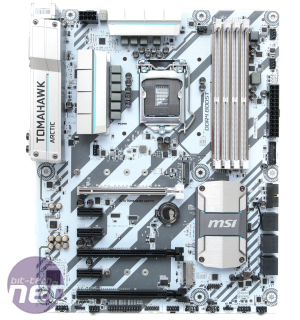
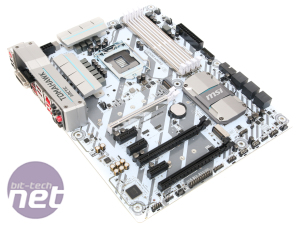


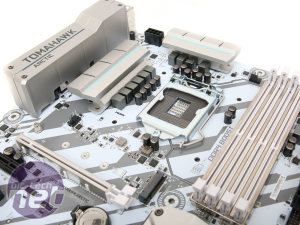
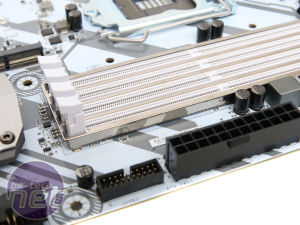
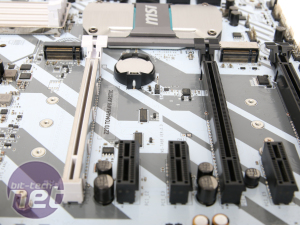
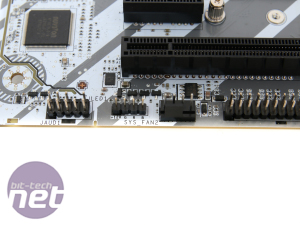
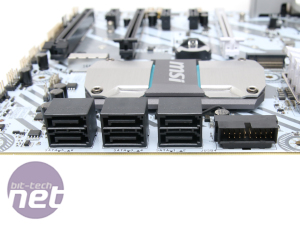
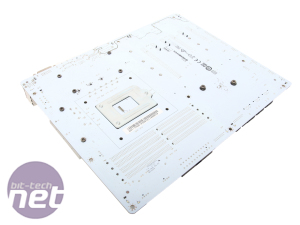
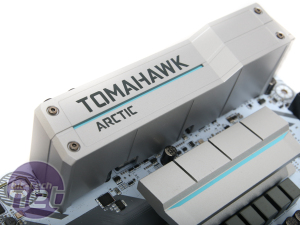

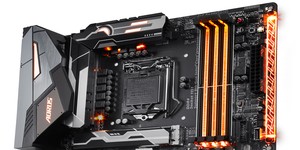
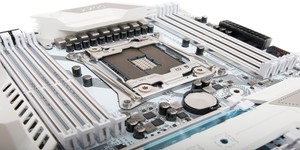





Want to comment? Please log in.